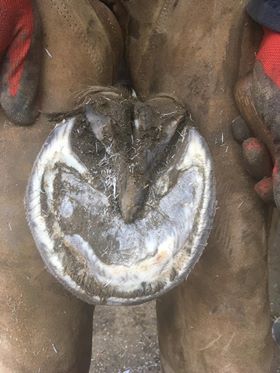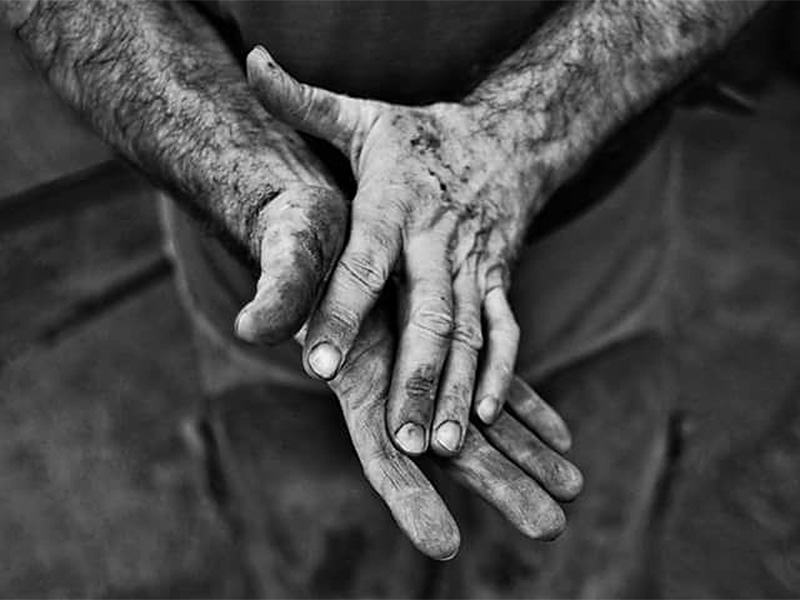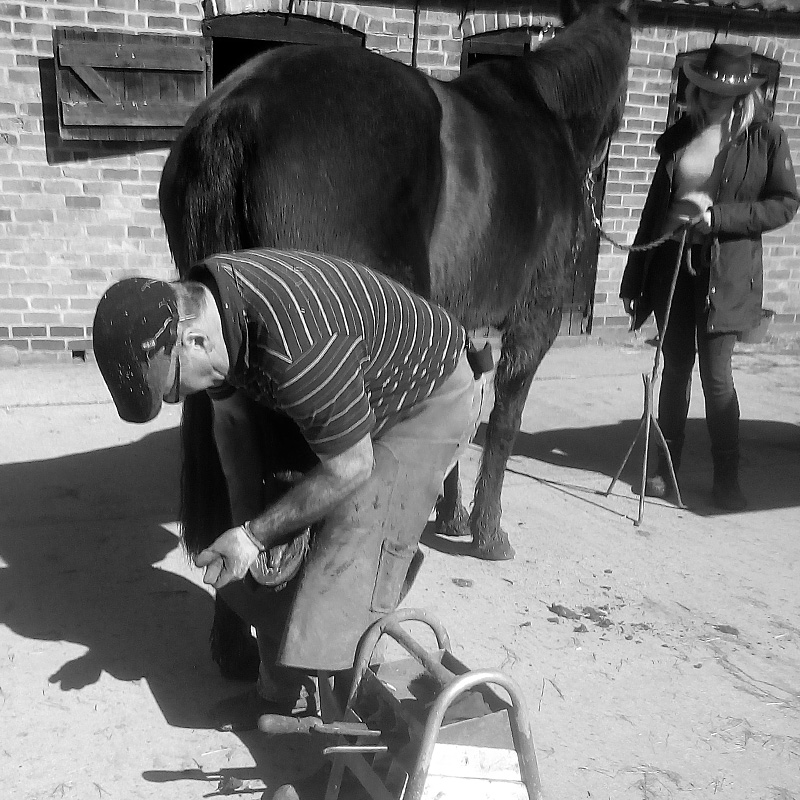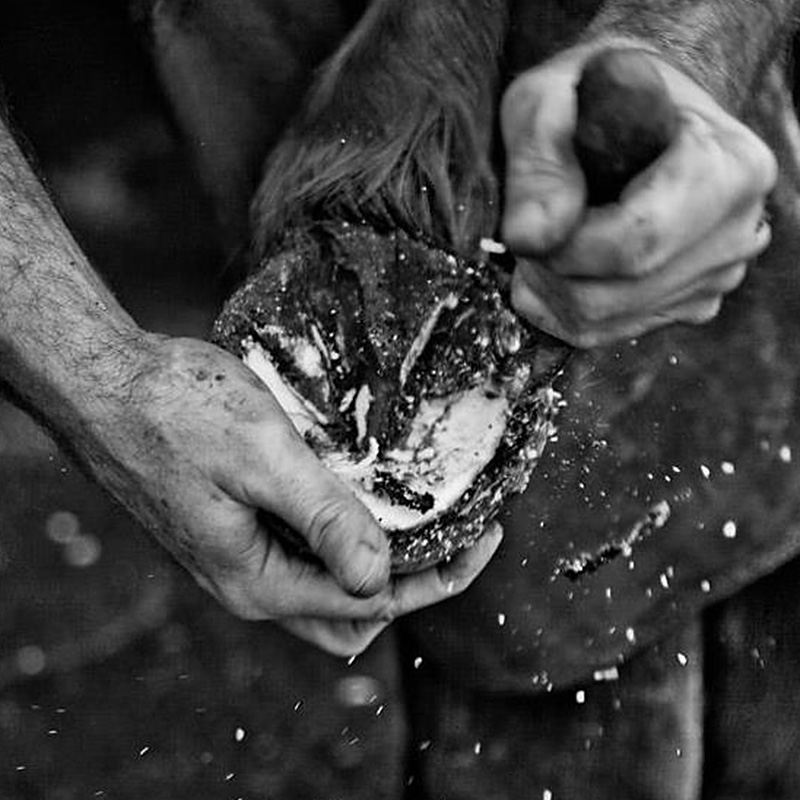Farrier Dave's Blog
This area of the site is used to document my journey as a farrier.
Short stories will be published from time to time so please be sure to check back soon!
To read an article, simply click on the title, image or 'read more' link.
Laminitis
You can prevent laminitis by avoiding high risk situations. The following is a list of "causes" or circumstances which can commonly precede the onset of laminitis. Obesity is the most common high-risk situations which lead to laminitis. The secret to avoiding laminitis in this situation is not to turn the horse out whilst he is fatter than condition score 3. This means he should not have a fat depot along his crest or at the tail head, around the sheath or udder or over the loins. You should be able to feel his ribs easily by running your hand along his side yet you should not be able to see his ribs. Overeating on foods rich in carbohydrate or rapidly fermentable fibre i.e. cereals, coarse mixes, rapidly growing or fertilised grass Any illness which involves a toxaemia. This may be a bacterial infection or following the ingestion of plant or chemical toxins. Cushing's Disease. This is a condition which follows an abnormality affecting the pituitary gland in the horse's head. It results in the horse failing to shed its winter coat. The coat becomes long and matted and eventually curly. The horse drinks and eats increased amounts of food while sweating excessively and losing weight. Concussive laminitis. When horses are subjected to fast or prolonged work on hard surfaces, they may develop laminitis as a result of trauma to the laminae, particularly if their horn quality is poor. Stress. Worming, vaccination, traveling or separation from a "friend" can trigger an attack of laminitis. Drug induced laminitis. Although some wormers can precipitate laminitis, the most common group of drugs which cause laminitis are the corticosteroids. Even injecting short acting corticosteroids into joints can cause severe laminitis.…
Harden Up
At the age of 27yrs I decided to stop shoeing horses and go into full time youth work, something that I’d been doing on a part time basis, it was a complete change in career and for 23yrs really enjoyed what I was doing. Then, at the age of 50yrs, having become frustrated with the politics of youth work I became disillusioned, resigned from my job and decided to return to my trade as a farrier.…






